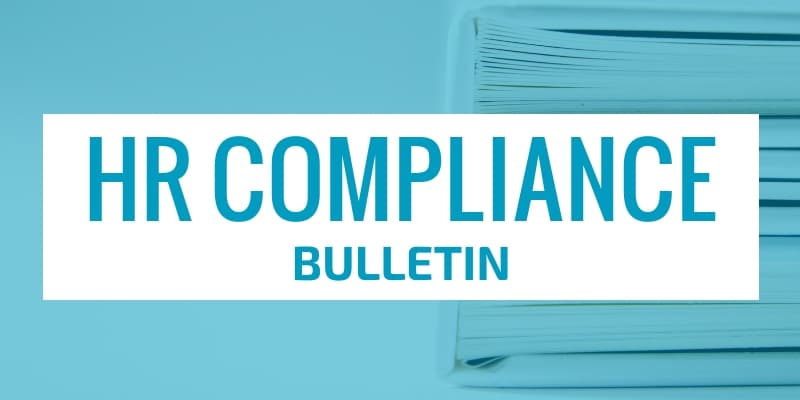 President Joe Biden signed the American Rescue Plan Act of 2021 (ARPA) into law on March 11, 2021.
President Joe Biden signed the American Rescue Plan Act of 2021 (ARPA) into law on March 11, 2021.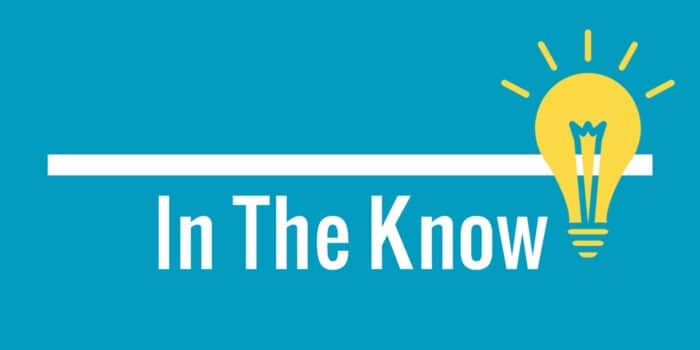 The $1.9 trillion relief bill, known as the American Rescue Plan, has been signed into law by President Joe Biden. Highlights of the bill include extended unemployment benefits, direct checks to individuals and more.
The $1.9 trillion relief bill, known as the American Rescue Plan, has been signed into law by President Joe Biden. Highlights of the bill include extended unemployment benefits, direct checks to individuals and more. President Joe Biden recently announced that he is directing the U.S. Department of Health and Human Services to purchase an additional 100 million doses of the Johnson & Johnson COVID-19 vaccine.
President Joe Biden recently announced that he is directing the U.S. Department of Health and Human Services to purchase an additional 100 million doses of the Johnson & Johnson COVID-19 vaccine. On Thursday, March 11, 2021, President Joe Biden directed states to make all adults, ages 18 and older, eligible for COVID-19 vaccinations by May 1.
On Thursday, March 11, 2021, President Joe Biden directed states to make all adults, ages 18 and older, eligible for COVID-19 vaccinations by May 1.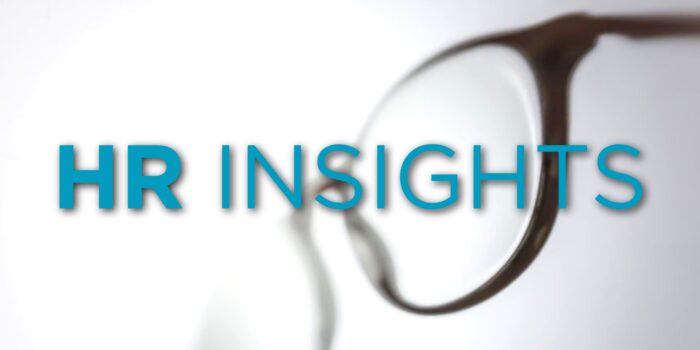 The remote workplace is here to stay, but its role may change.
The remote workplace is here to stay, but its role may change. Fatalities caused by falls from elevation continue to be a leading cause of death for construction employees.
Fatalities caused by falls from elevation continue to be a leading cause of death for construction employees. The grain-handling industry is a high-hazard one. Workers can be exposed to serious and sometimes life-threatening hazards, including fires and explosions from grain dust accumulation, suffocation from engulfment and entrapment in grain bins, falls from heights, and crushing injuries and amputations from grain-handling equipment.
The grain-handling industry is a high-hazard one. Workers can be exposed to serious and sometimes life-threatening hazards, including fires and explosions from grain dust accumulation, suffocation from engulfment and entrapment in grain bins, falls from heights, and crushing injuries and amputations from grain-handling equipment.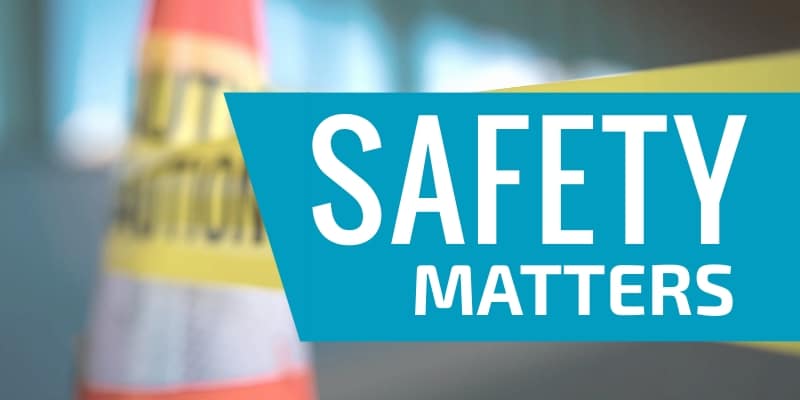 Soil classification is an important part of preparing for excavation or trenching work.
Soil classification is an important part of preparing for excavation or trenching work.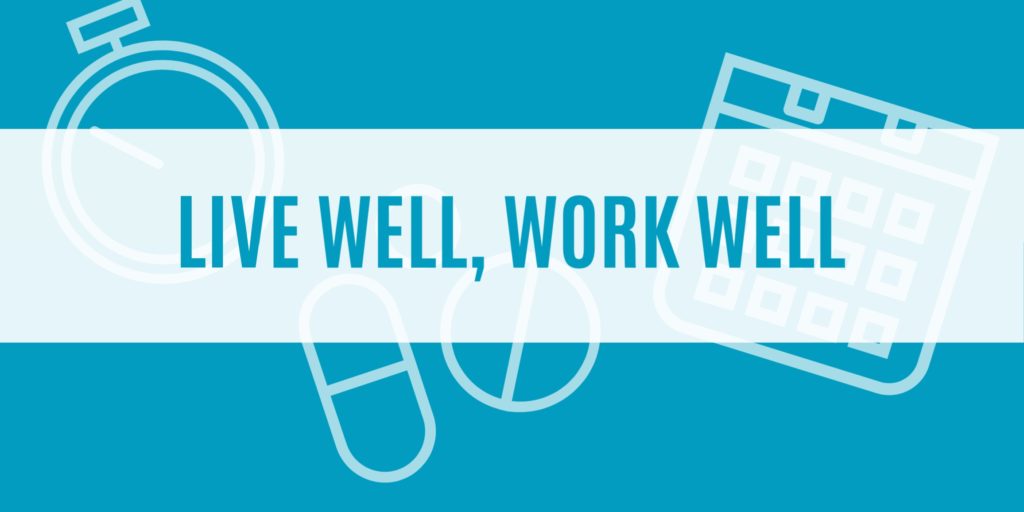 The foods and beverages you consume have a significant impact on your health. Diet-related chronic diseases—such as cardiovascular disease, Type 2 diabetes, obesity and some types of cancer—are prevalent among Americans and pose a major public health problem.
The foods and beverages you consume have a significant impact on your health. Diet-related chronic diseases—such as cardiovascular disease, Type 2 diabetes, obesity and some types of cancer—are prevalent among Americans and pose a major public health problem. On Friday, Feb. 26, 2021, the Equal Employment Opportunity Commission (EEOC) released its enforcement and litigation data from the 2020 fiscal year.
On Friday, Feb. 26, 2021, the Equal Employment Opportunity Commission (EEOC) released its enforcement and litigation data from the 2020 fiscal year.